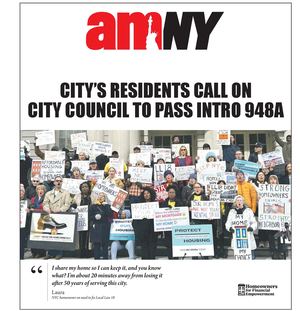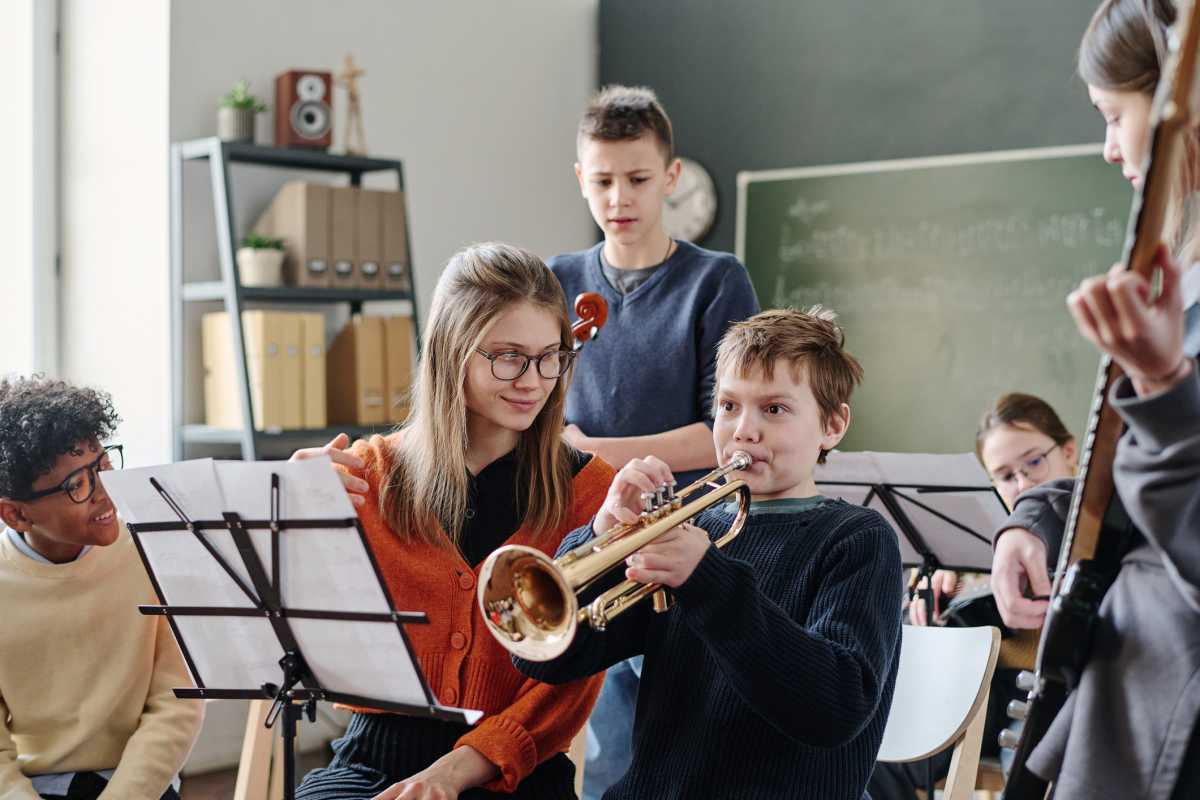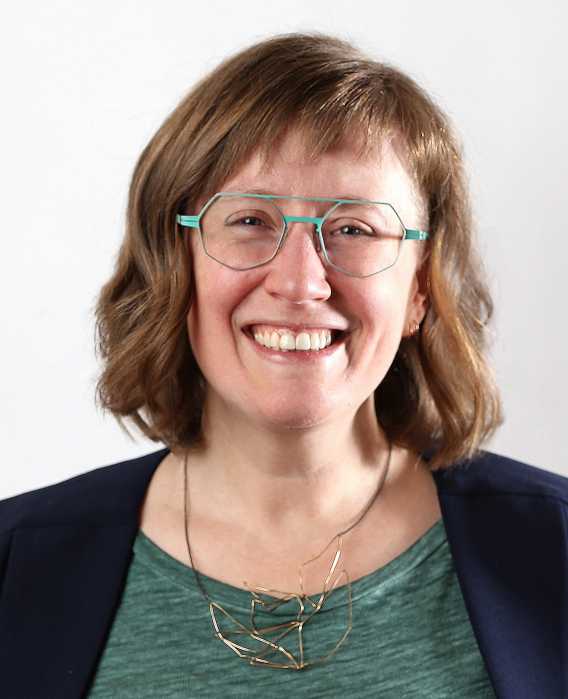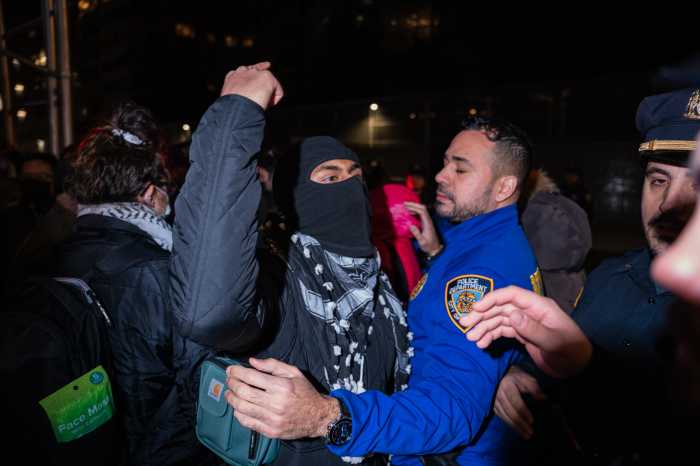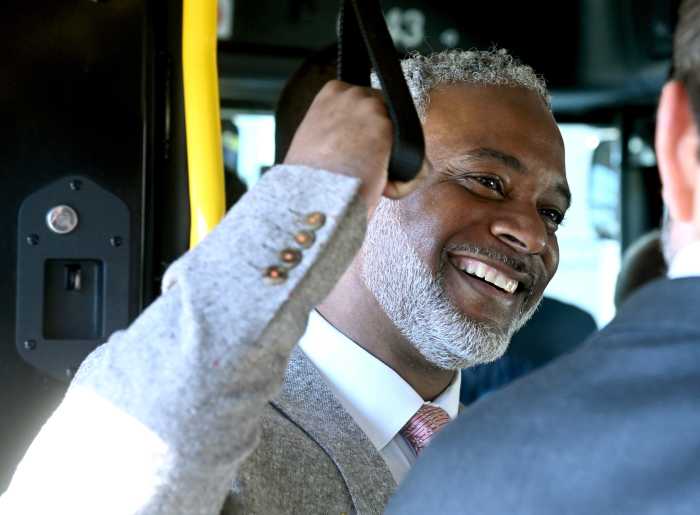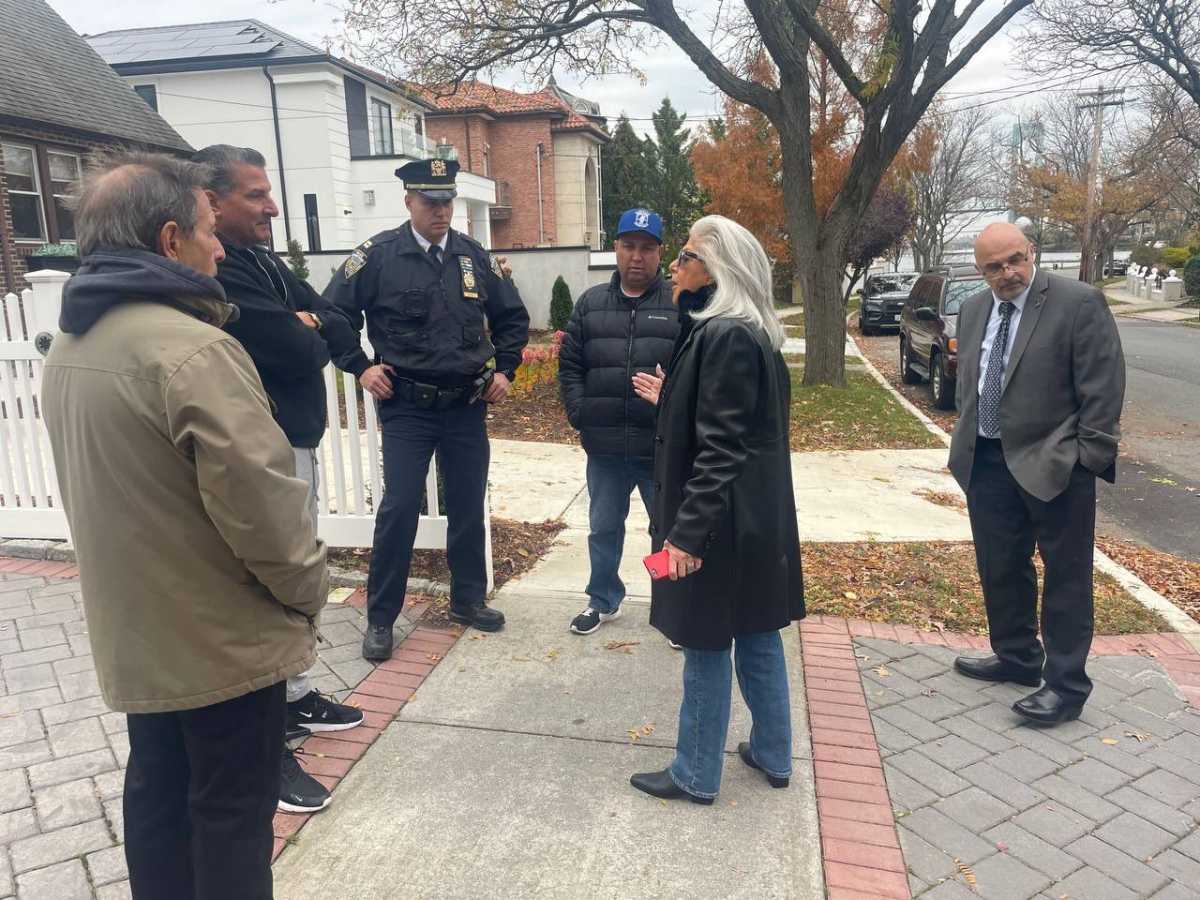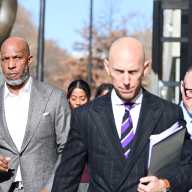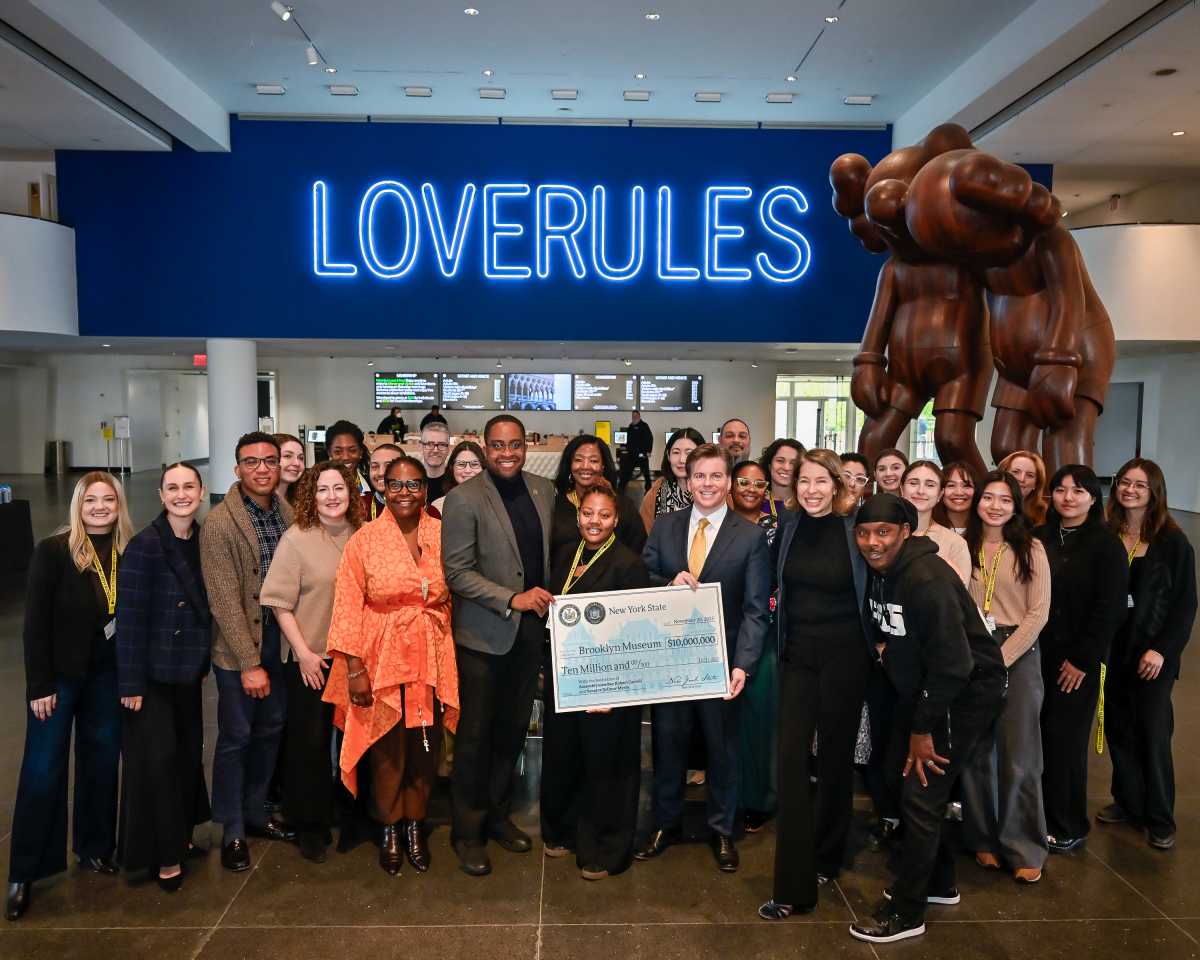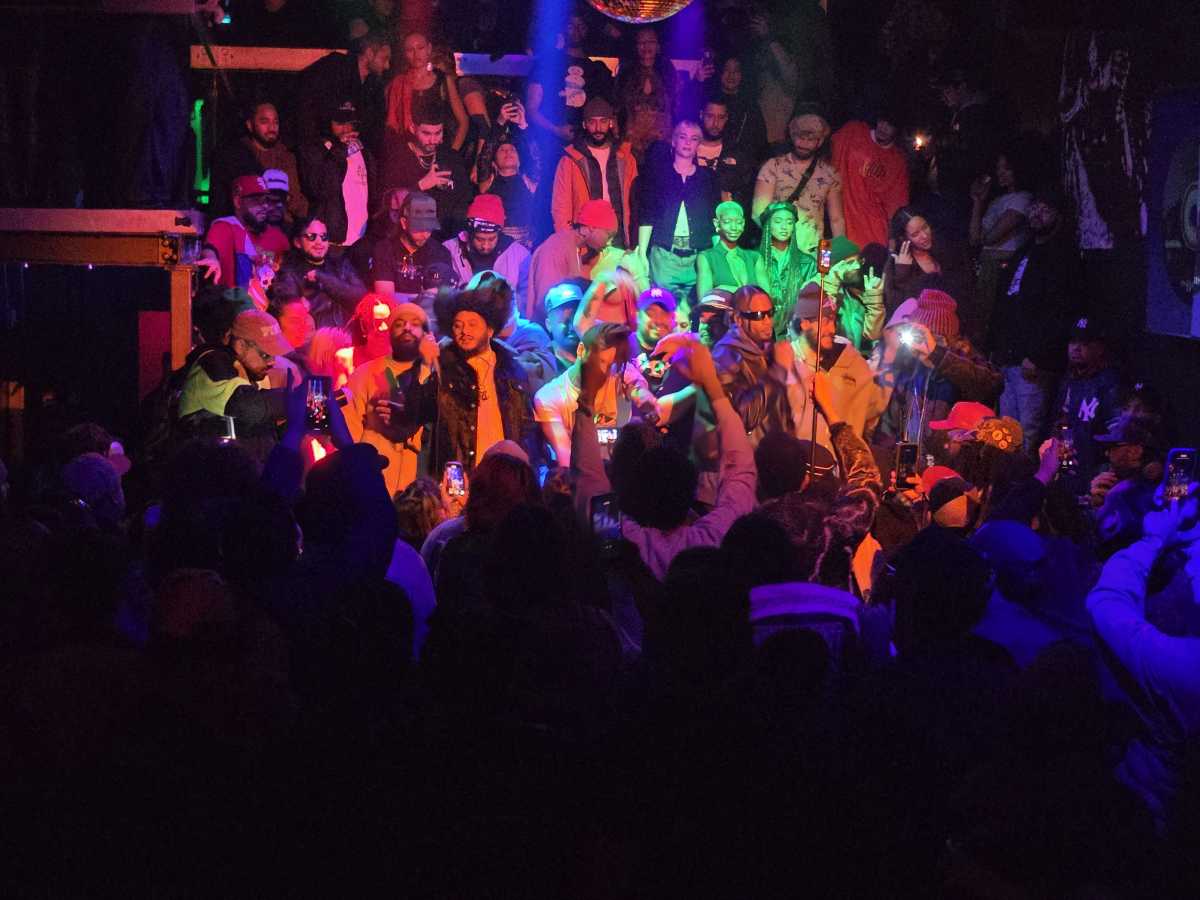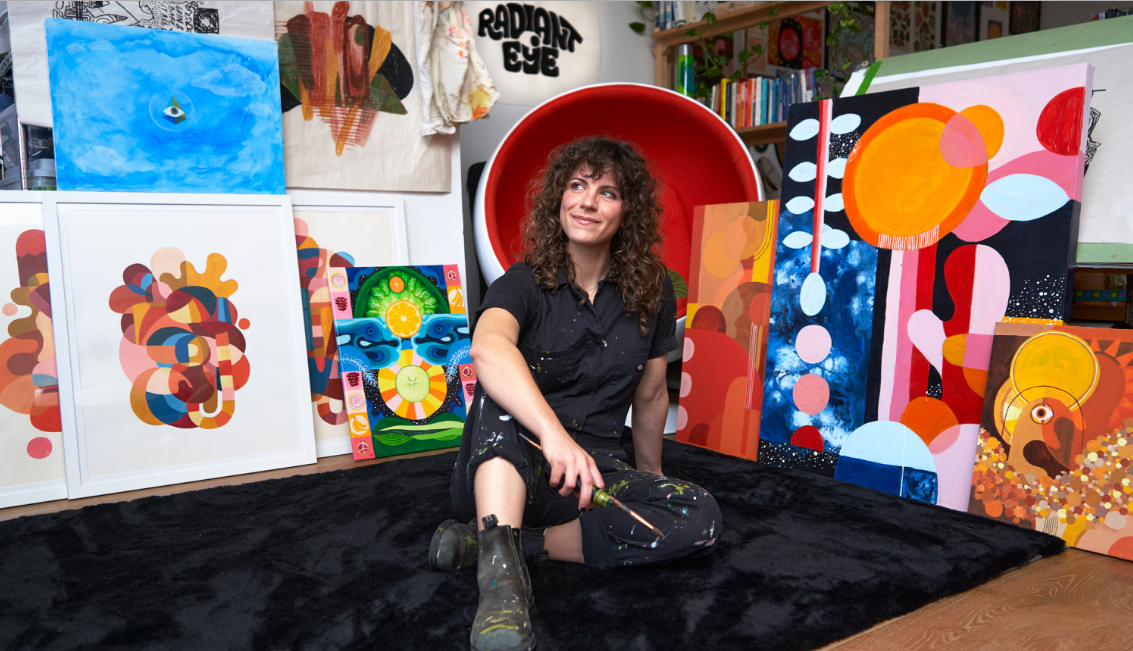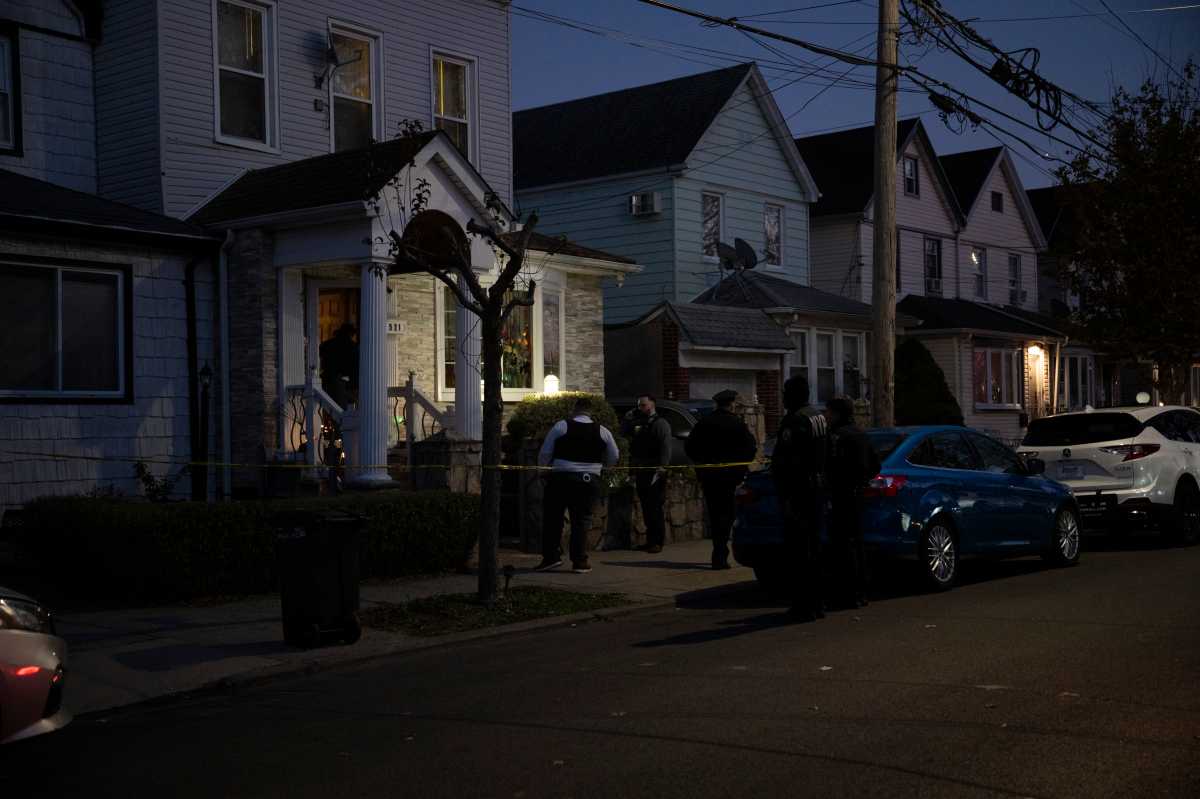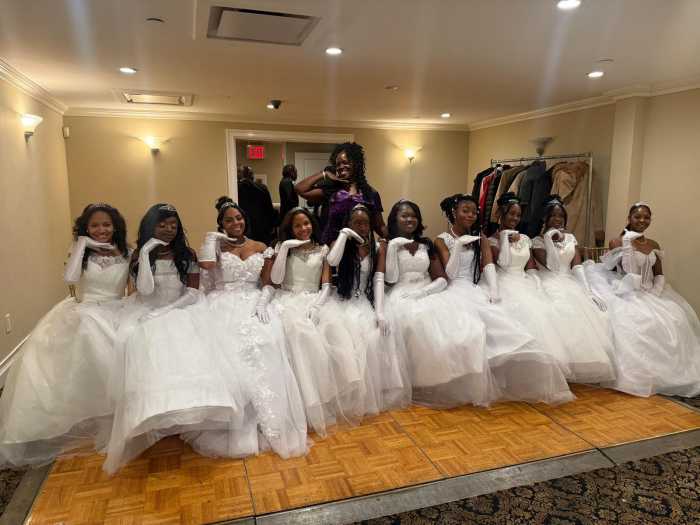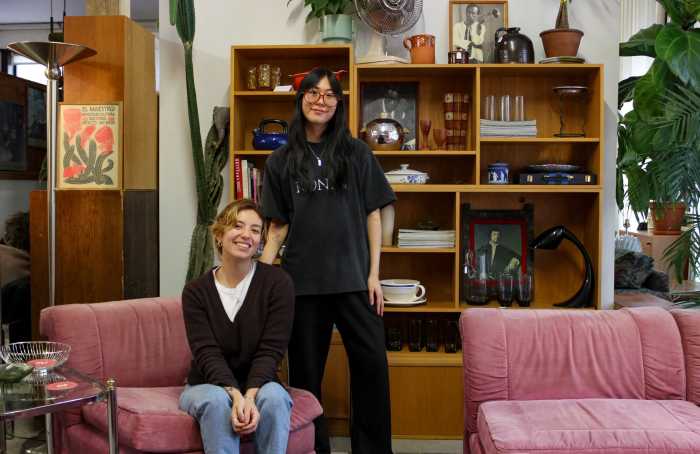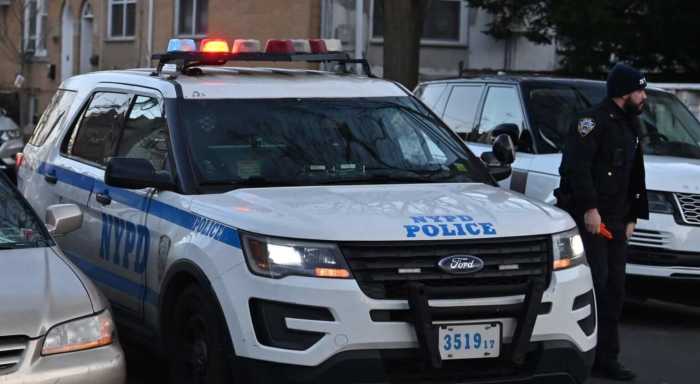A teacher shortage is coming to New York City. Baby boomers are retiring from teaching, and COVID stretched and stressed our educators beyond what any of us could have foreseen, leading to unprecedented levels of burnout. But a new state law requiring us to reduce our class sizes will be the biggest test yet of our ability to hire and support an adequate teacher workforce.
Every student in New York City deserves specialized attention from their teachers, and every teacher deserves the conditions to do their best work. Smaller class sizes are critical to this equation. Unfortunately, when New York State legislators passed a class size reduction law in 2022, they did not take the additional step of providing adequate funding. The New York City budget office estimates that the City’s public schools will need to hire nearly 18,000 teachers at a cost of at least $1.6 billion. That’s a whole lot of hiring, especially given declines in the number of prospective teachers graduating from education programs and getting certified.
Music and arts teachers play a larger role in making the class-size law work than most people realize. In elementary schools, students usually attend music or art class while their classroom teachers have their preparation periods. So, with thousands of new classroom teachers entering the system to reduce class sizes, schools will need more music and arts teachers to cover planning periods. But these teachers may not exist.
We have supported music and arts education for years and we have never seen a potential shortage of music and art teachers this large. Arts and music teacher positions have traditionally been difficult to find, with many candidates for each opening. But times have changed, and we have already started to see the impact of a music and arts teacher shortage with some schools unable to find a qualified candidate for their open positions. It’s a large challenge, and school administrators shouldn’t be alone in the quest to find qualified candidates.
In general, the City has made slow, incremental improvements in hiring more arts and music teachers for public schools, at least until the pandemic. For example, in the 2019-2020 school year, 81% of high schools had a visual arts teacher—which was our city’s best performance on this metric in the last decade. It appeared that the City was getting closer to achieving our goal of having an arts and music teacher in every school and ensuring that all students receive a high quality arts and music program.
Unfortunately, as schools closed during the pandemic, arts and music classes moved online, and students lost access to these crucial programs. Teaching virtually is challenging; teaching band online is almost impossible, and despite the herculean efforts by some teachers, many schools cut their arts and music teachers during this time.
While schools are trying to return to similar, pre-COVID levels of arts and music in schools, a shortage of candidates is stymieing their recruitment efforts. Most arts and music teachers are credentialed by local universities, but some of the most prominent local institutions, such as at NYU, have stopped their music education certification program. As a result, fewer new candidates are available to fill open positions.
These challenges are our opportunity to get creative. We live in a city with a rich cultural heritage that draws people from around the country. And there are a large number of professional artists in our city who are trying to make a career in music or in the arts, but struggle to do so without the stability of a steady job. We know that with the right recruitment, training, and support, we can help transition these artists into our schools. Providing artists with a steady income and flexible schedule, while introducing our students to high quality teachers who have a background in performing, provides a perfect match that will enhance the lives of our City’s children and artists who want to continue their craft.
We know what it takes to support musicians with an interest in teaching. Education Through Music, a local nonprofit focused on expanding music education in public schools, coordinates an internship program that recruits, trains, and provides ongoing instructional assistance to musicians on a pathway into teaching positions. By hiring local musicians and training them through a series of steps, Education Through Music has created the type of workforce development program that can be expanded and replicated throughout the City.
Change happens in predictable and unpredictable ways, but we always need to be able to find the beat. When our workforce no longer matches the needs in our workplaces, we need to revise our preconceptions about who can do what. This is what it will take for our city to continue to grow and prosper. These types of workforce development programs that identify New Yorkers who can be trained to enter a field that has shortages is the exact type of model that our City needs to replicate in all industries. There are many job openings in the City, but that hardly matters if our workers are not prepared to enter the fields where the job openings exist.
So, let’s do right by our students by doing right by New Yorkers. Let’s give our musicians the opportunity and training to become certified members of our teacher workforce, and let’s give our class-size law the chance to succeed.
Read More: https://www.amny.com/oped/
